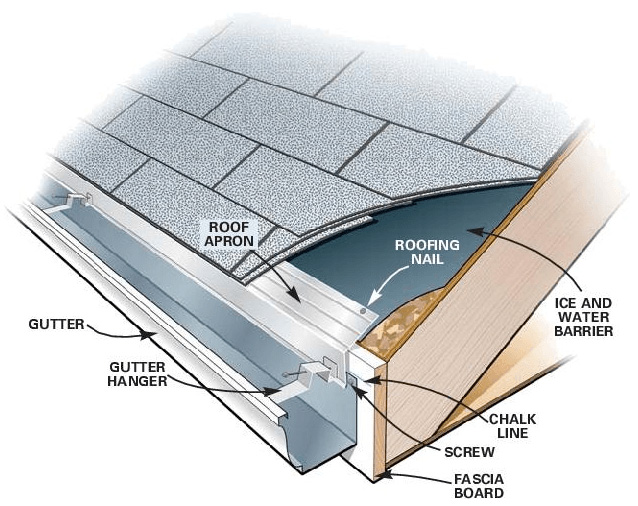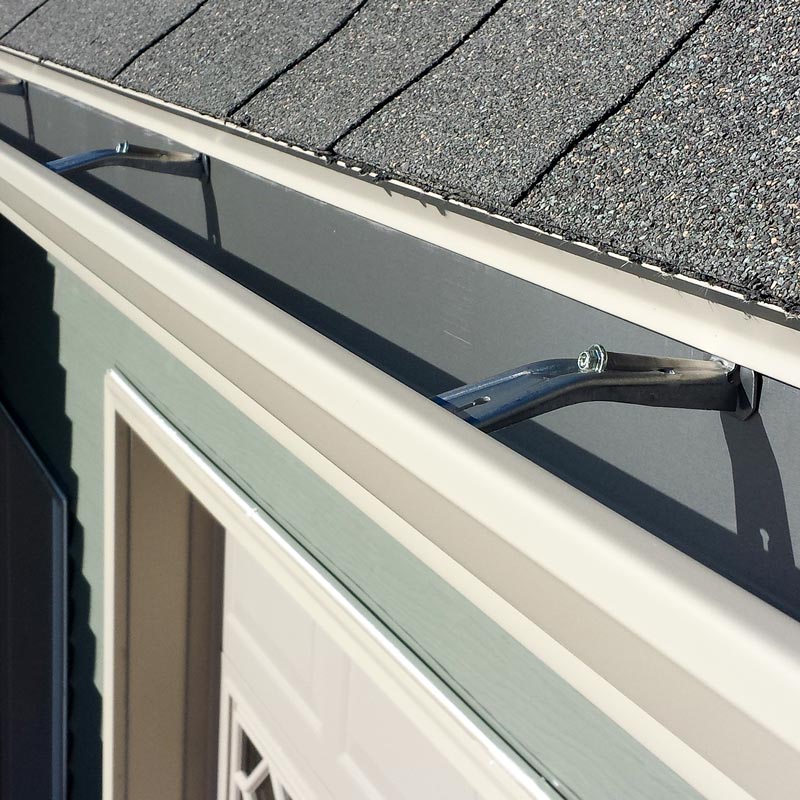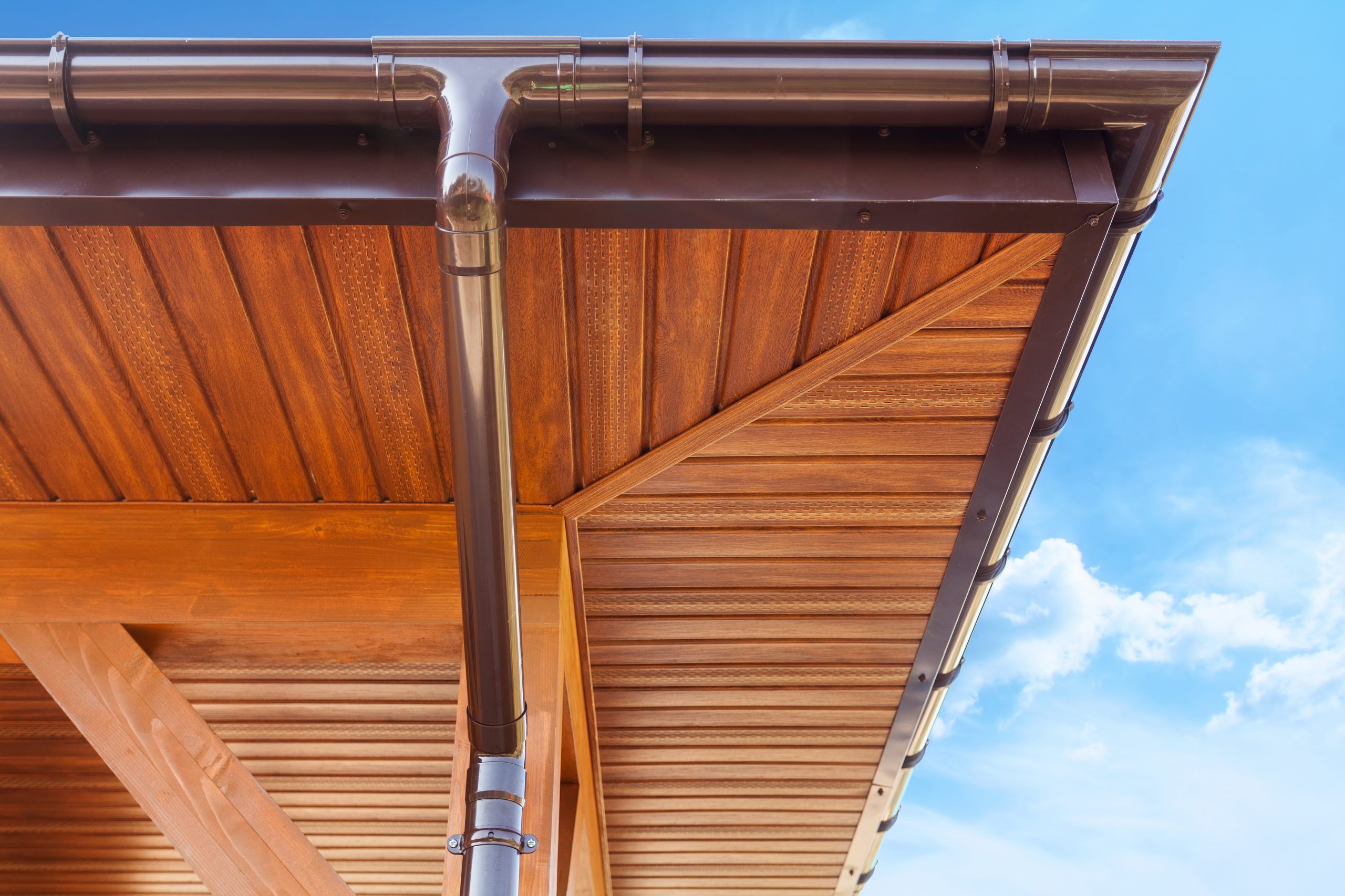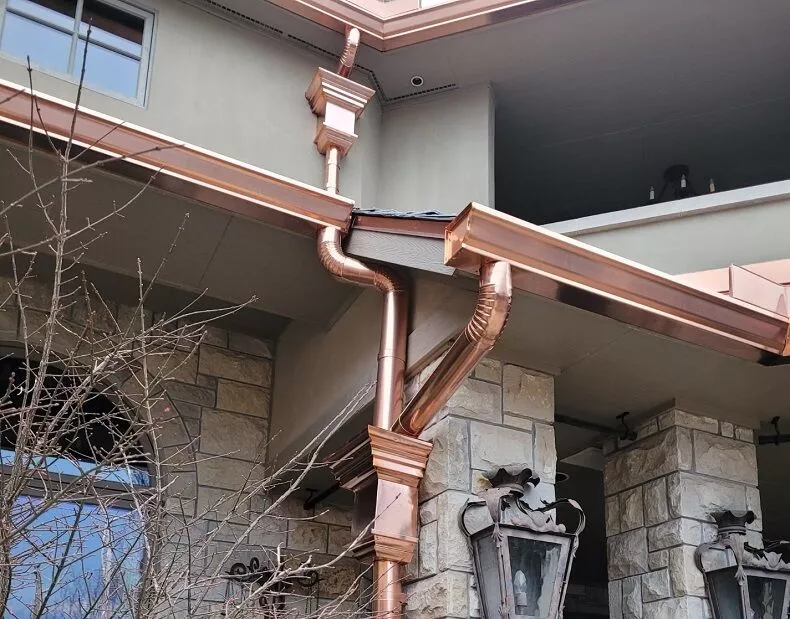Rain gutters play a crucial role in protecting a property from water damages by collecting and channeling rainwater away from the building. However, the importance of gutter hangers in ensuring the stability and longevity of a rain gutter system is often overlooked.
Gutter hangers are the fasteners that attach the gutters to the fascia board or roofline, providing support and preventing the gutters from sagging or falling off.
In this article, we will explore the different types of gutter hangers and their functions, the importance of accurate spacing, and the dangers of not having a properly installed rain gutter system. Homeowners and property managers will find valuable information to help them secure their gutters and protect their properties from costly water damages caused by overflowing gutters or water infiltration.
By understanding the role of gutter hangers in the rain gutter system, property owners can ensure the proper functioning of their gutters and avoid costly repairs down the road.
Types of Hangers
The types of gutter hangers available for rain gutter installation, including spikes and ferrules, brackets and straps, and hidden hangers, serve as critical components in ensuring gutter stability and preventing water damage to the property.
Spikes and ferrules are typically made of aluminum and are installed by driving a spike through the front of the gutter and through the back of the ferrule.
Brackets and straps are made of aluminum, copper, or steel and are screwed into the fascia board or roofline.
Hidden hangers are the most effective system due to their discreet appearance and ability to hold more weight than spikes and ferrules. They are typically made of aluminum and are installed by being screwed into the fascia board and then attached to the back of the gutter.
Installation methods for gutter hangers vary depending on the type of hanger and the material of the gutter. For spikes and ferrules, the spike is driven through the front of the gutter and through the back of the ferrule, which is then attached to the fascia board.
Brackets and straps are screwed into the fascia board or roofline and then attached to the gutter. Hidden hangers are screwed into the fascia board and then attached to the back of the gutter.
It is important to choose the appropriate hanger for the material and the gutter sizes to ensure proper installation and prevent water damage to the property.
Proper Spacing
Accurate spacing of hangers in a rain gutter installation is crucial in maintaining structural stability and preventing water damages to a property. The distance between hangers will depend on the material of the gutter being used. For example, aluminum gutters typically require hangers to be spaced every 24-30 inches, while copper gutters require hangers to be spaced every 18-24 inches.
It is important to follow the manufacturer’s instructions for proper hanger spacing to ensure that the gutter system is adequately supported and can withstand the weight of heavy rainfall and debris accumulation.
Additionally, proper downspout placement is also important for maintaining the functionality of a rain gutter system. Downspouts should be placed at a distance that allows for adequate water flow away from the property.
It is recommended to place downspouts at least 5 feet away from the foundation of a property to prevent soil erosion and water damage to the foundation. Homeowners should also consider installing downspout extensions to direct water even further away from the property, particularly if there is a slope on the property that could cause water to flow back towards the foundation.
By ensuring proper hanger spacing and downspout placement, homeowners can protect their property from potential water damages and maintain the appearance and structural stability of their homes.

Dangers of Neglect
Neglecting to install rain gutters can lead to serious water damage and compromise the structural stability and appearance of a property. When rainwater is allowed to pour over the sides of a roof, it can cause erosion, foundation damage, and even flooding in basements or crawl spaces.
Additionally, without a proper rain gutter system, water can seep into the walls and ceilings of a property, causing mold growth and rotting of the wood. Not only does this pose a health hazard but also a costly repair for homeowners.
Preventing damages caused by rainwater is one of the benefits of rain gutters. Rain gutters are designed to catch and redirect water away from a property’s foundation and walls, protecting them from water damage. This prevents water from seeping into the property, which can lead to costly repairs and maintenance.
By installing rain gutters with the appropriate hangers and ensuring proper spacing, homeowners can protect their property from the risks of water damage and maintain its structural integrity and appearance.
Frequently Asked Questions
Can gutter hangers be installed on any type of roof?
Gutter hangers should be compatible with the roof’s material to ensure proper gutter support. Not all hangers can be installed on any type of roof, as different roof materials require different types of hangers for optimal functionality and stability.
How often should gutter hangers be inspected and replaced?
Inspection frequency and replacement timeline of gutter hangers depend on various factors such as material quality, weather conditions, and proper installation. However, a general guideline suggests inspecting and replacing them every five to ten years to prevent sagging and water damage.

Are there any alternative methods to using gutter hangers for rain gutter installation?
While DIY gutter installation may seem appealing, hanger free alternatives are not recommended. The absence of hangers can lead to sagging gutters and water damage. It is crucial to use proper hangers for rain gutter installation.
What is the average lifespan of gutter hangers?
The average lifespan of gutter hangers depends on the material, installation quality, and environmental factors. Gutter hanger durability is affected by rust, corrosion, and weight of debris. Common causes of gutter hanger failure include improper placement, inadequate spacing, and lack of maintenance.
How much does it typically cost to have professional gutter hanger installation done?
The cost estimation for professional gutter hanger installation varies depending on the material and type of hanger used, but typically ranges from $1.50 to $4.50 per linear foot. DIY options may be cheaper, but accurate spacing and installation are crucial for optimal performance.



